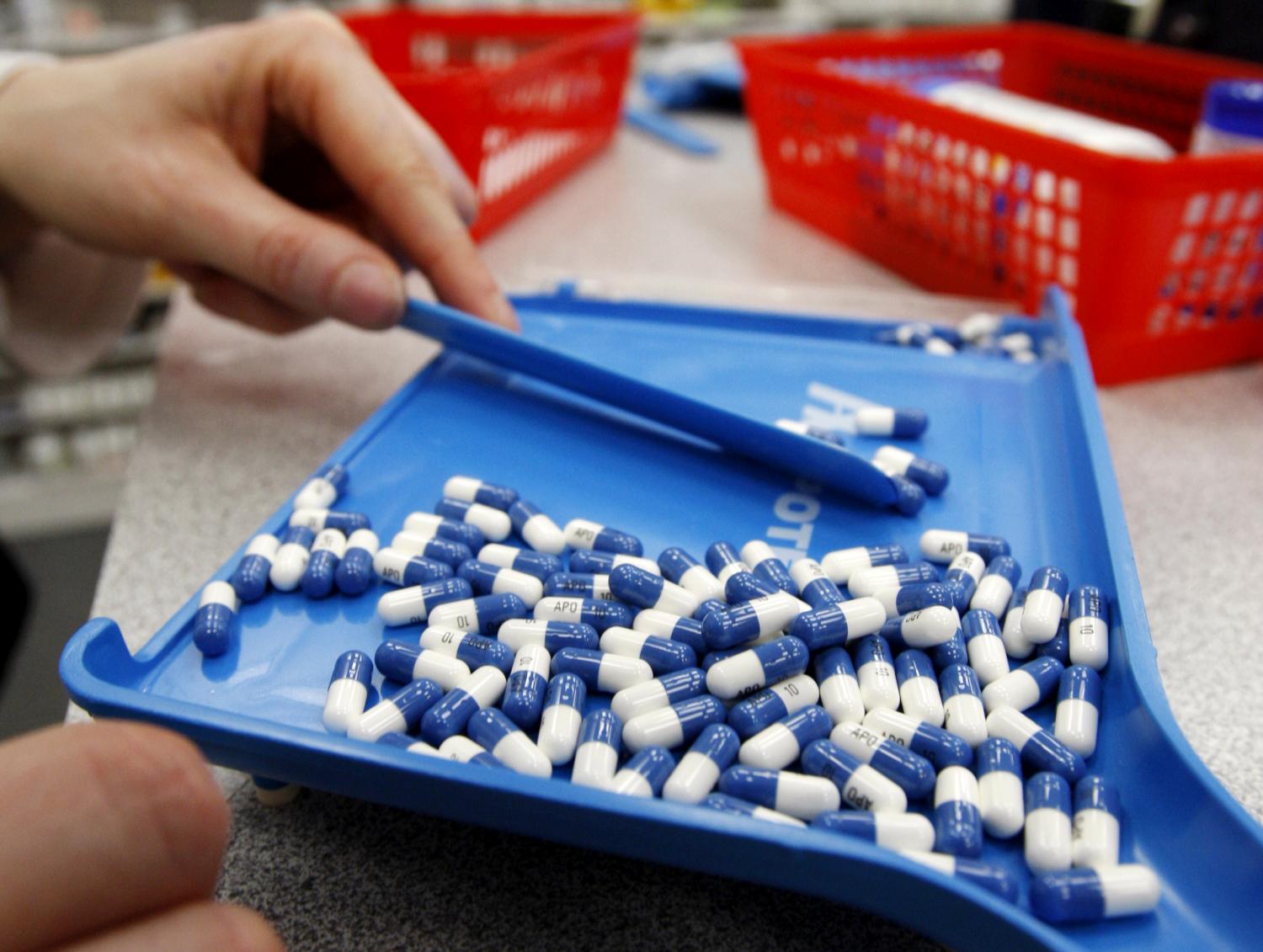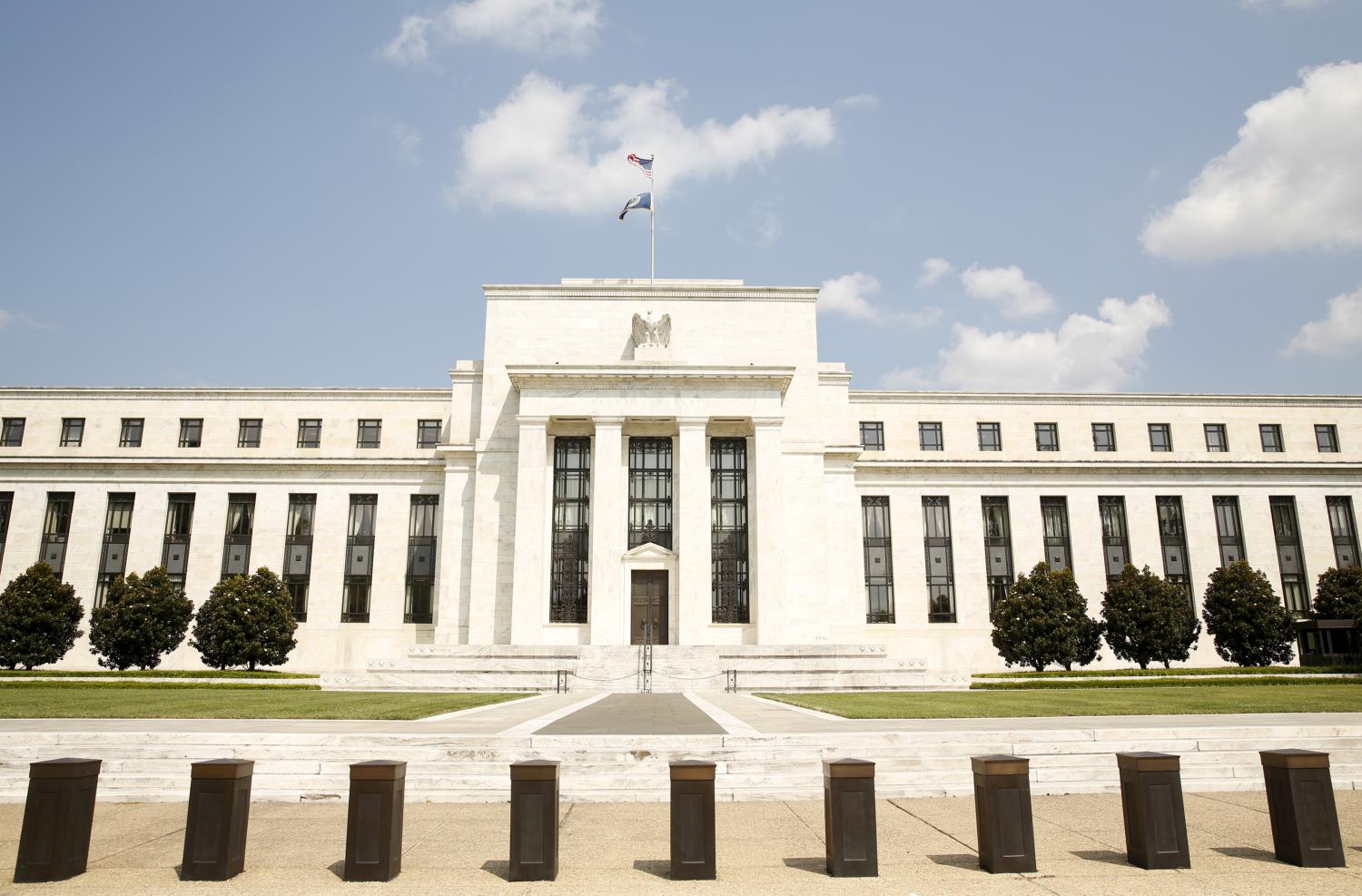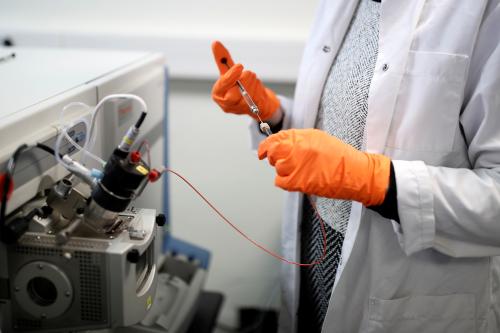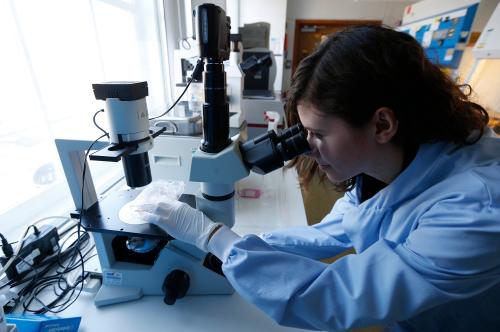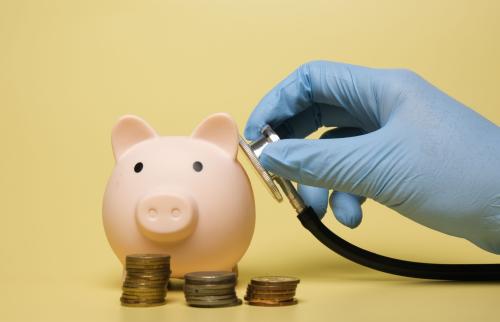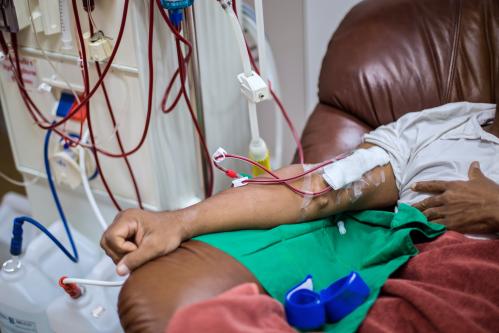This is a revised version of the paper, “A Framework for Negotiation in Part D of Medicine”, originally posted in May 2017.
Drug pricing in the U.S. is a persistently vexing policy problem. High drug prices stress consumers, payers, employers and “budgeteers”. At the same time the public demands new and better treatments, and the scientific advances that make such treatments possible.
The pharmaceutical industry insists, with merit, that delivering new improved treatments, and in some cases cures, entails high costs and risks, and that without adequate compensation, promising new drug products will not be forthcoming. Thus, there is substantial agreement across economic analyses of the prescription drug industry on a central issue: Supra competitive prices (prices that exceed those that would result from a competitive market), and/or other forms of payments to producers, are necessary to promote innovation in the prescription drug business, where large research, development and human testing expenditures produce average costs that vastly exceed low marginal costs. Significant disagreements arise, however, over how much pricing discretion prescription drug manufacturers should be permitted, and what portion of the sum of producer plus consumer surplus in the prescription drug market should be claimed by manufacturers versus the paying parties, consumers, prescription drug plans, employers, and government.
This paper focuses on an extremely costly component of the Medicare Part D program the region of coverage that kicks in once a consumer has spent $4,950 on drugs in a calendar year (implying roughly $8,100 in total drug spending). At that point there are high levels of insurance for the consumer and reinsurance for the prescription drug plan. Consumers pay 5% of costs; plans pay 15%. Government pays the remaining 80%. In this high-expenditure region, market power, initially created by patents and now reinforced by extensive insurance, leads to extremely high drug prices. As would be expected, spending has been growing rapidly in this so called “reinsurance region”, as is well known. What is less well known is that a small number of high-cost drugs account for almost all of this growth.
Insurance and reinsurance dampen the incentives to economize by either consumers or Part D prescription drug plans. Compounding the problem, the federal government is precluded by law from negotiating with drug companies. Thus, the usual restraints on prices hardly restrain. Given the severe distortions that arise in this reinsurance region, it is a place where policy innovations have the potential to significantly improve social welfare.
We first analyze current incentives in the reinsurance region and the responses by consumers and pharmaceutical plans that they induce. We then examine the resulting patterns of drug purchases and government expenditures within this region. We conclude by identifying a framework for negotiating prices that simultaneously preserves incentives for high-value innovation and allows the government to limit the extent of supra competitive prices in an area where market forces play little role.
The paper is organized into four sections. Section II provides some background on the Part D program and on the nature of the policy problem related to the reinsurance benefit. Section III focuses on the problem of extreme market power in the reinsurance benefit range, and offers a framework for targeted temporary price negotiations. Sections IV and V present concluding observations.
The authors did not receive financial support from any firm or person for this article or from any firm or person with a financial or political interest in this article. They are currently not an officer, director, or board member of any organization with an interest in this article.
The Brookings Institution is committed to quality, independence, and impact.
We are supported by a diverse array of funders. In line with our values and policies, each Brookings publication represents the sole views of its author(s).


